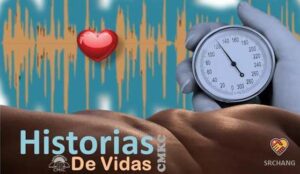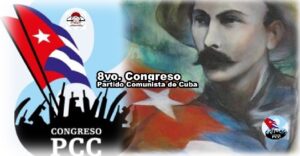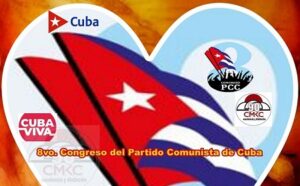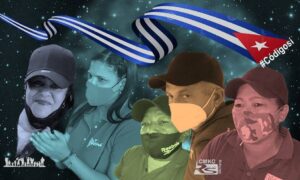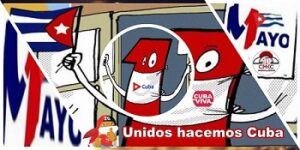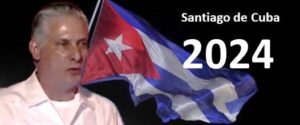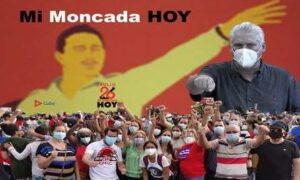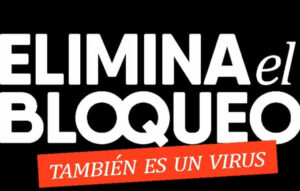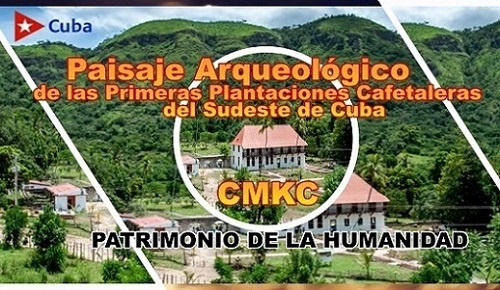

By: Santiago Romero, MSc.
As I emphasized in a recent report in this site, the challenge is not easy for young Archaeology in Santiago de Cuba, if we take into account that in this province at the beginning of the nineties, in the middle of the special period, it had «128 aboriginal archaeological sites», of those, «it had 59.3 percent destroyed» (according to the Archaeological Atlas 1995; Hernandez Godoy, 2012; Fernandez 2016). Evidently, today the deterioration and accessing problems to these sites are greater, but that is not all.
Why do we affirm that archaeological studies advance -discreetly- in Santiago de Cuba?
The archaeological inventory increases -it is true- with the undisputed prehistoric, Celtic and Roman pieces, the large number of paintings, statuettes, coins, manuscripts, vessels, vases and primitive tools, but it could be greater.
The digital database that archeology in Santiago de Cuba demands is vital. Here as in the capital, ordinary ceramics or of aboriginal tradition, diverse porcelain pieces, fine European earthenware, metal pieces (nails, hinges, buckles, padlocks, knives and bullets) and glass (bottles, medicine bottles and glasses) have been discovered.
One of the great problems of Santiago archaeology is the need to reorder documents on key evidence that typify how the Indo-Aboriginal settlements were in the eastern region; for example a network that connects the Francisco Prat Cultural Center, BIOECO, the Archaeological Museum of the University of Oriente, the Coffee Route in the Gran Piedra, the underwater samples in the Batalla Naval Underwater Park and the Emilio Bacardí museum, an institution where key pieces of Cuban archaeology are treasured.
There is a lack of multifactorial integration, assimilation of new technologies and knowledge of management and archaeological intervention, especially in the marine environment, real support for young researchers and sponsorships, judging by the wide range explored in a city more than 508 years old and a region with a lot of pre-Columbian history, revelations and lots of hypotheses.
The current connotation of archeology in Santiago de Cuba is in the architectural jewels rescued and the studies that continue to unveil more pieces loaded with stories.
The greatest impulse to the archaeological development in Santiago de Cuba occurred in the heat of the transformations for the five hundred years of the city, wherever an architectural investment was going to be initiated, whether new or restored, first the deepest and most accurate archaeological survey possible was prioritized, that is fundamental.
Archaeological studies deserve recognition and better economic support in Santiago de Cuba; the protection of the tangible heritage that is unraveled is urgent; the necessary network with the multidisciplinary connection, mainly in key fronts such as geology, anthropology, sociology, construction, speleology, union of historians, culture.
Doctor in Historical Sciences Ulises M. Gonzalez, of the Department of Archaeology of the Cuban Institute of Anthropology (ICAN in Spanish) says, «This reality explains in part the great theoretical eclecticism that currently characterizes the national archaeological practice». And the fact is that there is still no real awareness that «In every ancient city there are stories hidden under layers of its stones, mortar, bricks, non-homogeneous sediments and, more recently, of concrete structures. […]»
For example, more than one generation hardly knows the existence of the Archaeological Museum of Santiago de Cuba, located at the University of Oriente and founded by the distinguished Felipe Martinez, unknown -by the way- by not a few young archaeologists and other senior ones, but who are in managing positions and determining social actors in this discipline.
There is a concern and call by academics for the reordering of archaeological pieces and the need for them to be in their university museum, at least those that belong to them. Without reliable inventories, it is impossible to project real management and intervention from the point of view of archaeology.
Archaeology Needs Attention in Santiago de Cuba


